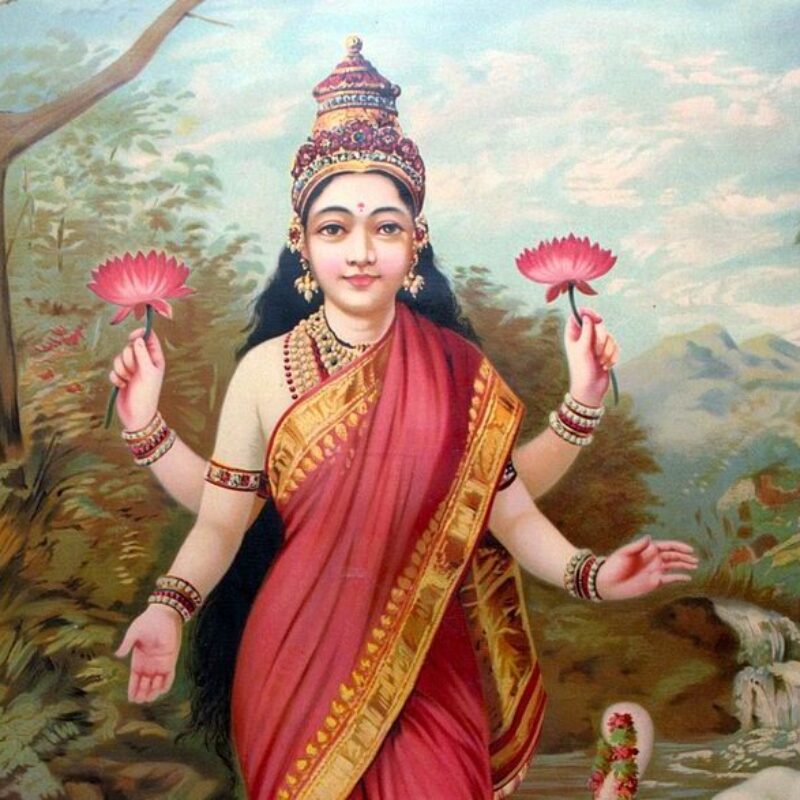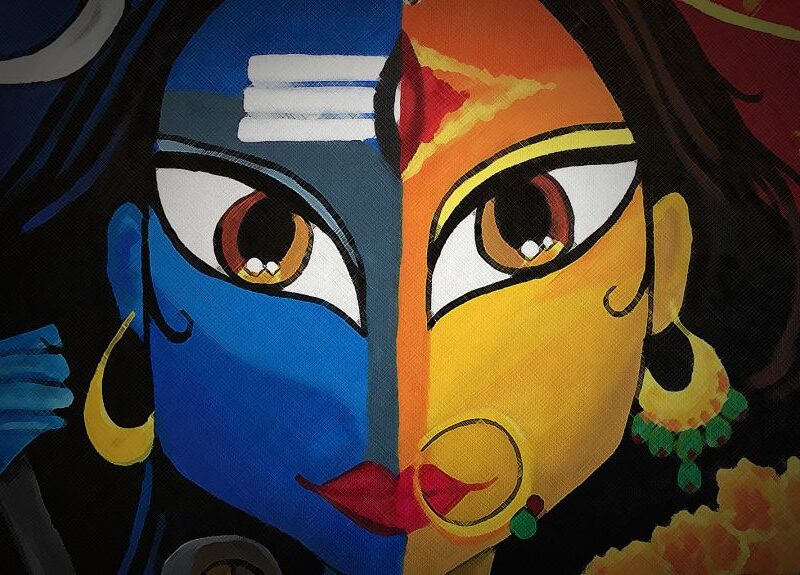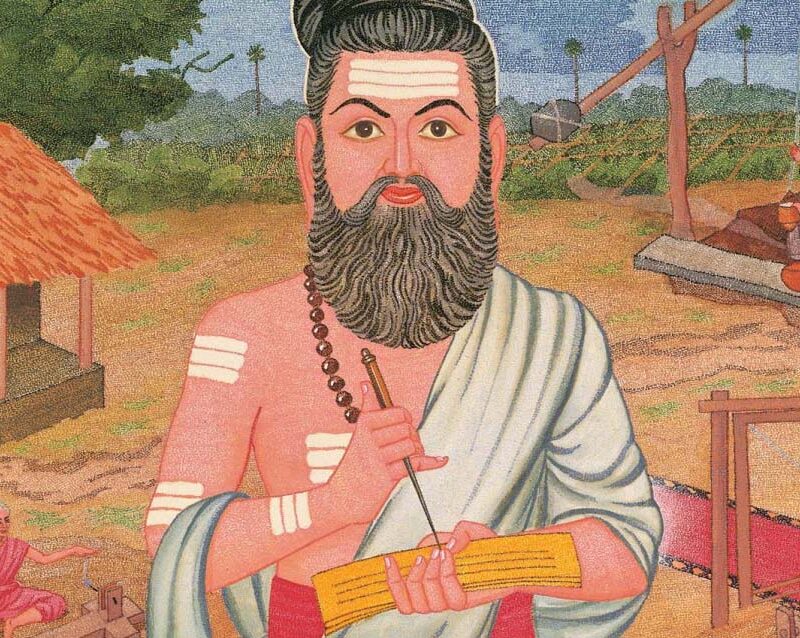
 The eight elements of ancient Hindu wisdom give us an alternative picture of reality, a way to perceive life in its full variety and depth.
The eight elements of ancient Hindu wisdom give us an alternative picture of reality, a way to perceive life in its full variety and depth.
Mother Earth is in crisis. We are destroying her ecosystems to feed an appetite we can never satisfy. No amount of political and economic plans will solve this crisis because it is a spiritual one: we have lost our loving relationship with the Earth.
We are nature’s children, children of the Earth. Our urgent need is to heal our relationship with nature and so restore the balance of life. This healing must happen at every level of our being, beginning from earth, through all the elements that we are made of, to the subtlest life of our spirit. As wholeness manifests, our lives and the life of the world can be transformed and illuminated in fullness and depth. This is the experience we are here to discover in these challenging times. We are being called upon to move beyond the life of the senses, preoccupied with material goods and comforts, and awaken to our inner life where we will find a deeper experience of what it is to be alive. To do this we must go on a journey.
The first five elements are Earth, Water, Fire, Air and Ether. They correspond to our five physical senses. Ether carries sound and can be heard. Air can be heard and touched. Fire can be heard, touched and seen. Water can be heard, touched, seen and tasted. Earth can be heard, touched, seen, tasted and smelled. The fifth element, Ether, takes us beyond the physical. It links our outer world to our inner world, where the three finer elements are Mind that perceives the world; Wisdom that brings inspiration; and Ego that gives identity. These eight elements combined together are manifestations of the underlying spirit. This spirit is the spark of love within us all that is our original self.
The journey through the elements starts with Earth.
From Earth we must travel through the spectrum of elements, from dense to fine. The English word for the earth element is also the name we give to our planet. Both are called Earth. The same is true in many cultures. In Sanskrit the name for the element earth and the planet Earth is Bhumi, and she is a living Goddess. In Greek her name is Gaia. In Latin she is Terra. These are names for the Earth Goddess who is our mother and a manifestation of the Universal Mother.
Earth is the beginning of our journey because Earth is where our spirits are grounded in the cycle of birth and death. We can feel our connection with Earth as an irresistible attraction that we call gravity. Nobody can properly explain the force of gravity, but I simply call it the force of Love. Earth loves us and holds us; she gives us everything and calls for our love. Yet like ungrateful children we take from her without giving in return.
Mother Earth supports all her creatures, great or small. All are her children who call forth her love and abundant gifts. When we realise this truth—that we are part of her global family of life, all of whom are loved and provided for as her children—then we start to understand who we are. We see that our role is to be part of this vast interdependent family and to help maintain it. This is the beginning of the journey through the Eight Elements.
The journey through nature’s Eight Elements deepens our connection with nature and with all life. You don’t just have to accept this as theory. The elements are understood by experiencing them, and that is what my book, The Eight Elements, is about. I invite you to come with me on this journey through the mysteries of life. It is like a pilgrimage: if you follow the road with heart it will change you.
Ranchor Prime trained as an architect and artist before living as a Hindu monk. He later worked with WWF and The Alliance of Religions and Conservation, as an environmental campaigner, and is the author of 12 previous books including Hinduism and Ecology (1992) and Bhagavad Gita: Talks Between the Soul and God (2010).
The Eight Elements, My Journey Through Life’s Mysteries by Ranchor Prime was published in March 2017 (£9.99 or US$15.95).
This article is part of a content-sharing collaboration between Hindu American Foundation and Bhumi Project highlighting how Hindu philosophy and understandings about the environment is being put into practice.








































